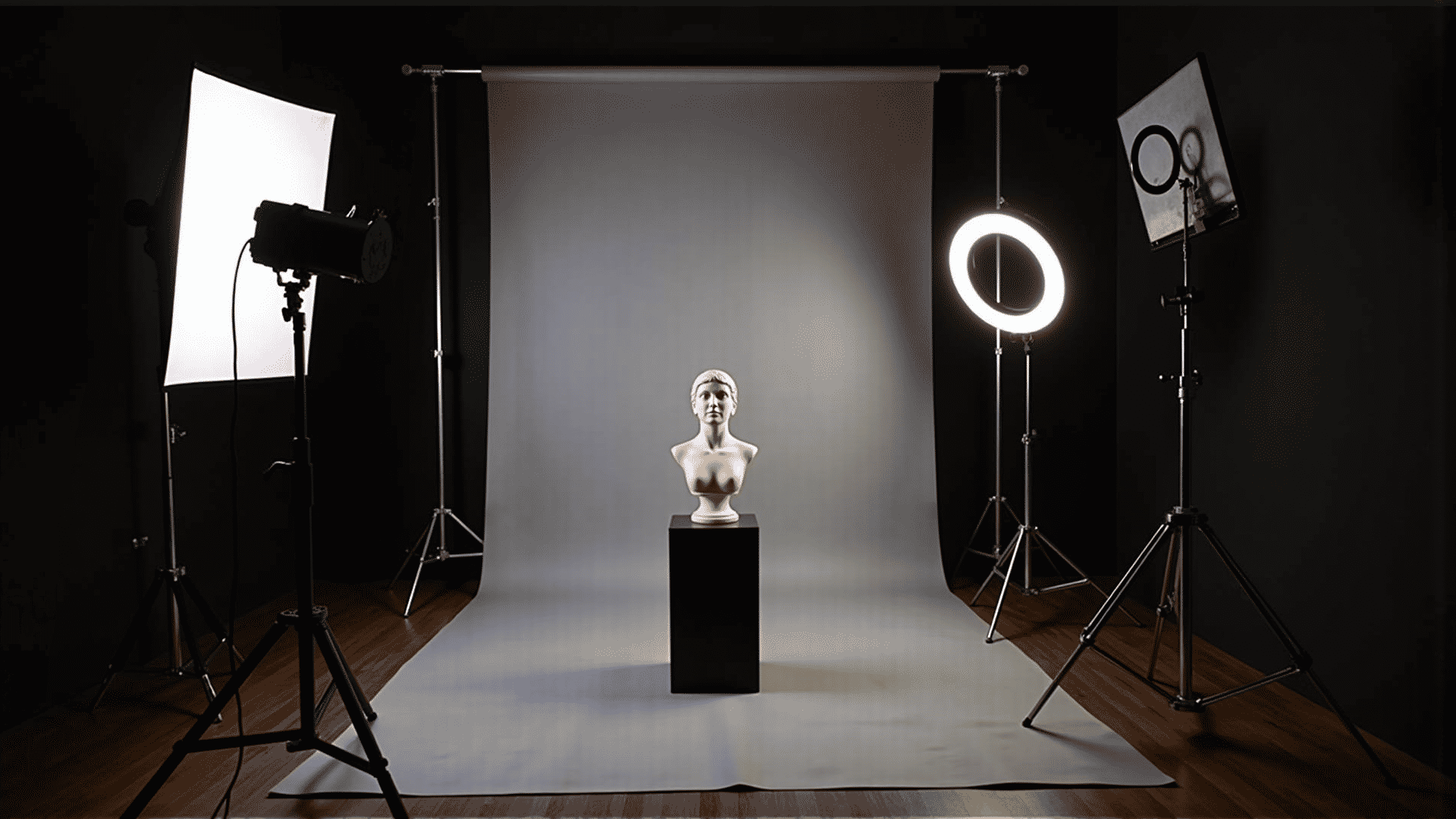Lighting plays an integral role in the craft of photography. The ability to harness it effectively can transform an ordinary photo into an extraordinary one. By delving into the nuances of lighting setups, photographers can learn to evoke different atmospheres, highlight subjects, and tell compelling visual stories.
One of the fundamental principles is understanding natural versus artificial lighting. Natural lighting, which comes from the sun, offers a broad spectrum of colors throughout the day. The golden hours, shortly after sunrise and before sunset, are coveted for their soft, warm glow, which can add a magical quality to photographs. On the other hand, harsh midday light can create stark contrasts and shadows, often requiring photographers to adapt by seeking shaded areas or using reflectors to redirect sunlight subtly.
Artificial lighting encompasses a wide range of sources, including studio lights, LED panels, and even household lamps. Flash photography, whether used as the primary light source or as a fill light, allows photographers to freeze moments or lighten shadows. The direction and intensity of the flash can dramatically change the mood. For example, bouncing a flash off a ceiling or wall can soften its impact, resulting in a more natural look.
The direction from which the light hits the subject is equally important. Front lighting, where the light source is positioned directly in front, offers an even illumination ideal for reducing shadows. However, it can flatten the image, lacking depth and texture. Side lighting introduces shadows, adding depth and dimension. This dramatic effect is particularly effective in portrait photography, where it enhances the contours of the face to create a more three-dimensional appearance.
Backlighting, a technique where the source comes from behind the subject, can produce some of the most striking images. It’s famously used to create silhouettes. By adjusting the exposure settings, photographers can either embrace these silhouettes or introduce fill lighting from another source to reveal the subject's features.
Another key aspect is color temperature, which refers to the warmth or coolness of a light source, measured in Kelvin. Bulbs that emit a yellowish tint have lower temperatures and are often perceived as warm. Conversely, those that emit a bluish tint have higher temperatures and are considered cool. Balancing these color temperatures can change the tone of a photograph significantly. Many cameras provide white balance settings, allowing photographers to adjust how colors are rendered in different lighting conditions.
Finally, manipulating light modifiers such as diffusers and reflectors can refine a lighting setup. Diffusers spread light, softening its impact and reducing harsh shadows. Reflectors bounce light back into the scene, providing control over shadows and highlights without the need for additional lights.
Mastering these techniques enables photographers to harness lighting as a dynamic tool for creativity. Whether using the gentle hues of a sunset or the controlled environment of a studio, each approach to lighting serves as a brushstroke in the creation of a photographic masterpiece.
